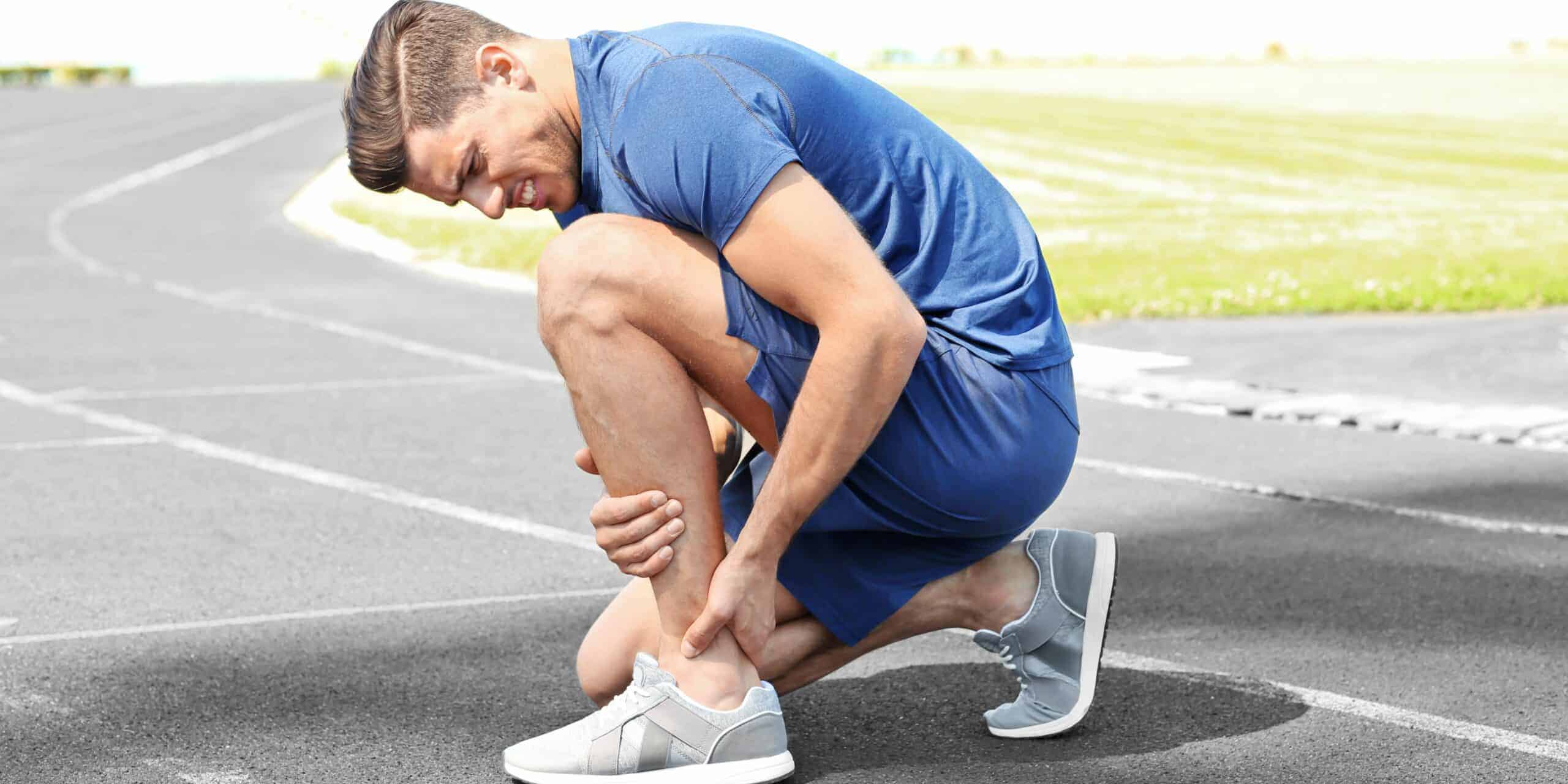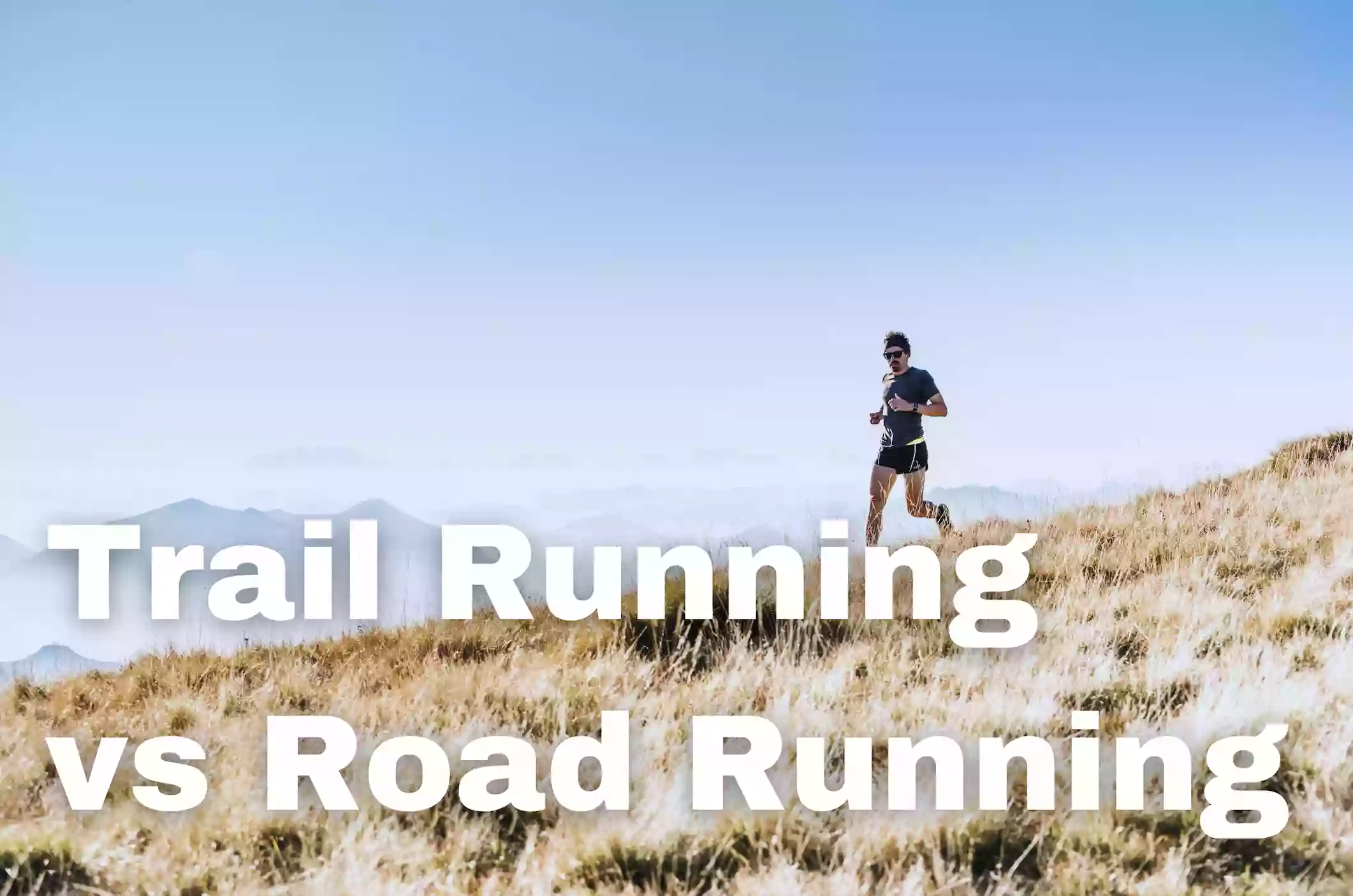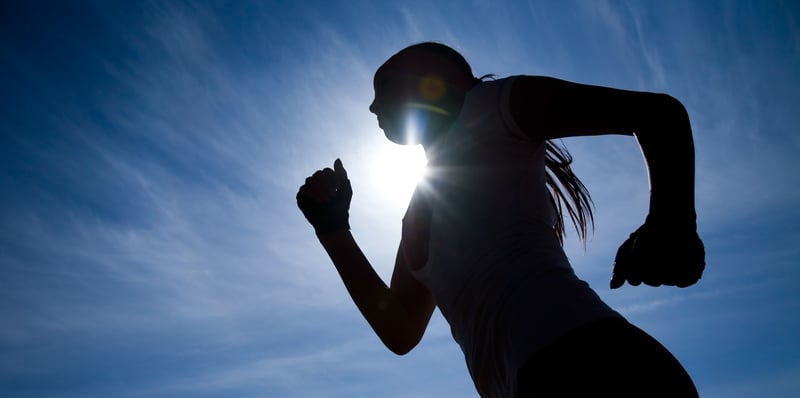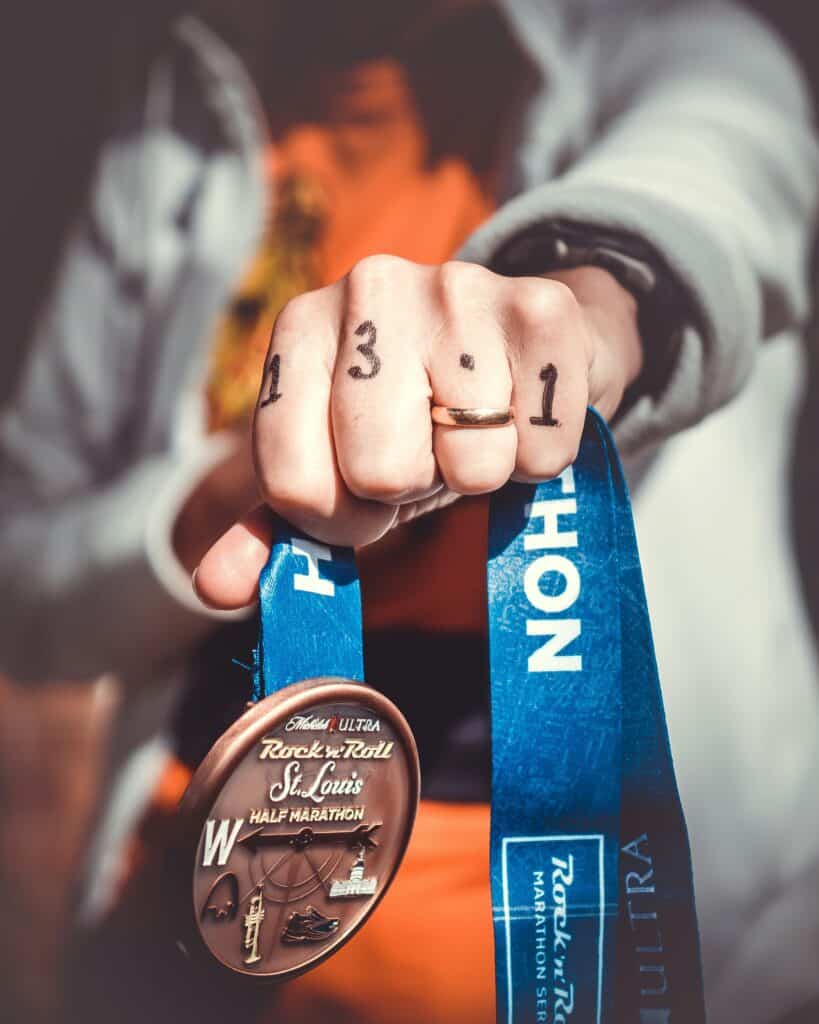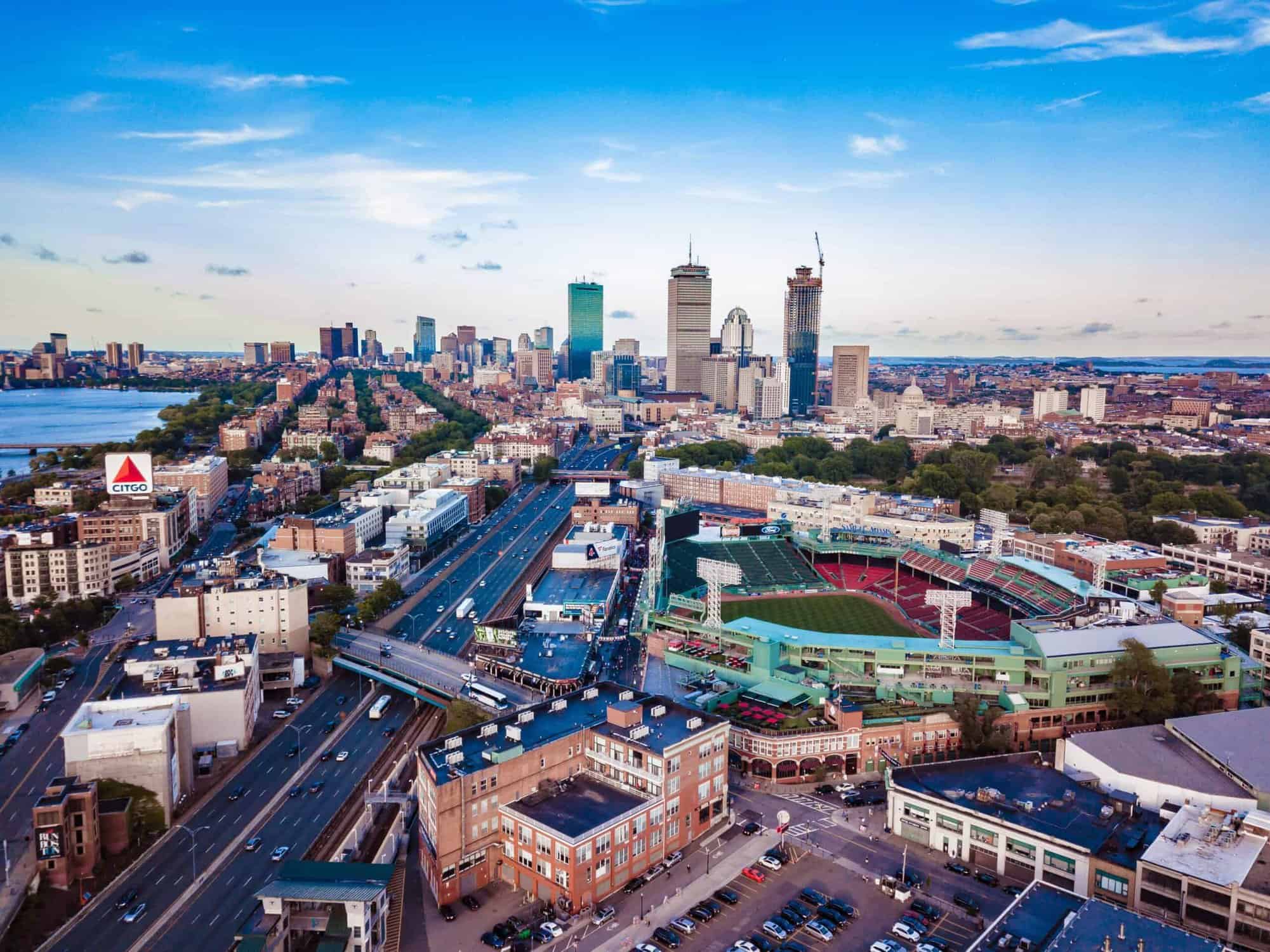As you get further into your running journey, you’ll likely start looking for information on how to stop cramping. Most commonly, runners are looking for solutions for foot cramps. Your feet take a beating during running and without proper foot care, strengthening, and stretching, you could experience extreme discomfort while running, sleeping or even going about your daily activities. Here are tips for preventing foot cramping as a runner.

What Are Foot Cramps?
If you’re not sure if you’ve had a foot cramp or not, it feels like the muscles in your foot freezes up or squeezes. And while cramps are harmless, they certainly aren’t painless. Generally, a foot cramp happens after strenuous activity or long periods on your feet. You won’t suffer a cramp while still in motion. When you stop or slow down, you might suffer a foot cramp which is why it’s common for runners to experience them during sleep.
What Causes Foot Cramps?
Foot cramps can be the result of a variety of different causes. Here’s a look at the most common causes of foot cramps:
- Poor hydration: When you don’t hydrate adequately, you can suffer muscle cramps anywhere in the body, including your feet. When the body is dehydrated, blood plasma levels off and muscles get fewer nutrients and less oxygen.
- Inadequate nutrition: You might be missing certain electrolytes that help with contracting and relaxing your muscles. Eat a variety of healthy foods, including colorful fruits and vegetables that provide natural electrolytes that you can otherwise supplement with shakes or powders. There are electrolytes you can add to water during workouts like LMNT or LiquidIV.
- Medication: Some medications can cause cramps as a side effect, especially statins and diuretics. If you notice a correlation between when you started experiencing cramps and taking medication, that might be the cause. See whether you can try another medication to treat your ailment, or talk to your healthcare provider about how to limit the drug’s side effects.
- Failing to stretch: When you don’t stretch, your muscles can become tight, which leads to cramps. Stretches help muscles with their elasticity and strength.
- Overworking your muscles: Not all long runs are bad, but you should work your way up to longer distances and not go out right away and try to run far. Your muscles need rest after extreme workouts, so be sure you’re building in rest time after long runs to repair your muscles.
- Poor circulation: What might feel like cramps can actually be poor circulation. If you have cramps that don’t get better when you stand up and walk, that might be a sign that it’s a circulation problem.
- Wearing the wrong shoes: Footwear can be a culprit for foot cramps while running. Shoes with a high heel can cause serious foot cramps. Switching to flats can help alleviate pain. Wearing running shoes that don’t fit you correctly can also cause foot cramps.
- Worn-out shoes: Running shoes don’t last as long as you’d think when you’re training for long distances. As the shoes wear out, they put greater strain on your feet, which can cause cramping.
How to Get Relief From Foot Cramping
First, take a moment to learn what a foot cramp looks like. That way, you know how to identify the signs and start responding quickly to leg and foot cramps. It might start as a small spasm in your foot and then the tightening sensation will begin. Once that happens, here’s what you can do to get relief from a foot cramp:
- If the cramp starts while you’re lying down, stand up. Putting weight on the affected foot can help stop the cramp quickly and prevent tenderness and stiffness.
- Use a heating pad to increase blood circulation quickly. This will help relax your foot.
- Soak the affected foot in an Epsom salt bath to ease tension in the muscles.
- Take nonsteroidal, anti-inflammatory pain medication to ease stubborn muscle pain.
6 Top Ways to Stop and Prevent Foot Cramps
Learn how to stop and prevent foot cramps naturally. Integrate these activities into your routine for healthier running and less discomfort.
Proper Hydration and Diet
Drink more water. But that doesn’t mean chug a bunch before and after running. Focus on consistent hydration throughout the day to allow your body to process the water properly.
Ensure you’re getting plenty of electrolytes through colorful fruits and vegetables. Focus on getting your full five servings of fruits and veggies each day, and eat plenty of protein to help repair your muscles after strenuous workouts.
Consider adding an electrolyte replacement beverage to your routines on days you complete longer runs.
Stretching
Build an effective warmup routine that includes dynamic stretches to help prepare your body for running. And after working out, be sure that calf and foot stretches are part of your static stretching routine.
Tight calves could be the cause of regular bottom-of-foot cramp problems. Take time to focus on this part of your body during stretches or use a foam roller to massage your calves to prevent cramps. Stretching should be a part of your daily routine post-workout no matter what activity you engage in. It isn’t just for running.
Being Mindful of Overtraining
Overtraining could be the reason you’re dealing with any type of cramping or discomfort. When working toward a running goal, get a good training plan to help you build up to your goals. Listen to your body. If you’re feeling fatigued or sore, take a day off no matter what your training plan says. One day won’t derail you from your goals, but working your muscles too hard could lead to injury.
Improve Your Circulation
Poor-fitting or worn-out shoes can lead to poor circulation in your feet. Head to your local running store and get fitted for a pair of running shoes if you’re dealing with recurring muscle cramps. Let the experts determine whether your shoes are worn out or ill-fitting. Otherwise, they might be able to recommend new insoles or tips for making the shoes you have work for you.
Avoid tight shoes or shoes with tall heels during leisure and work. This will help improve circulation when you aren’t running to help keep your feet in great shape.
Care For Your Feet
Take time to care for your feet. Massage feels great and improves blood flow to your feet. You can use your hands or put a massage ball under your feet to stretch your foot muscles.
Use a heating pad to increase blood flow and loosen up your muscles after a long run. Allow time to warm up before a run. Muscles are cold and tight before workouts. You can start blood flow to those muscles by engaging in light walking or jogging or dynamic stretches before you start running.
Products to Help Alleviate Foot Cramps
There are plenty of products available to help prevent and alleviate foot cramps. Here’s a look at a few of the leading products:
- HOTSHOT: HOTSHOT helps prevent muscle cramps using organic ingredients that go straight to your nerves and stimulate them to prevent misfiring. Drink HOTSHOT preworkout, during or after to help your muscles recover from intense activity. Plus, you’re less likely to experience muscle soreness.
- Foam roller: Some runners find foam rolling more enjoyable than stretching. Use a foam roller on your calves to loosen up after running to help prevent foot cramps.
- Compression socks: Wearing compression socks after running can help improve blood flow in the area, which can replenish your muscles and prevent cramps.
- Ice Therapy Slippers: If you enjoy icing your feet after a run, you can strap Ice Therapy Slippers to your feet and avoid the discomfort of leaky bags filled with ice.
- Foot stretcher: Get a little help for your stretching routine with a foot stretcher. These tools can help you deepen your stretch and ensure your foot is positioned perfectly to get a good stretch through your whole foot, calves and hamstrings.
Recover Faster and Avoid Cramping Discomfort
When you care for your muscles properly, you’ll recover faster from run sessions, which can mean more effective training runs. Avoiding foot cramps means less discomfort and whole body wellness through adequate nutrition and better stretching routines. Start caring for your feet with the routines listed above.

